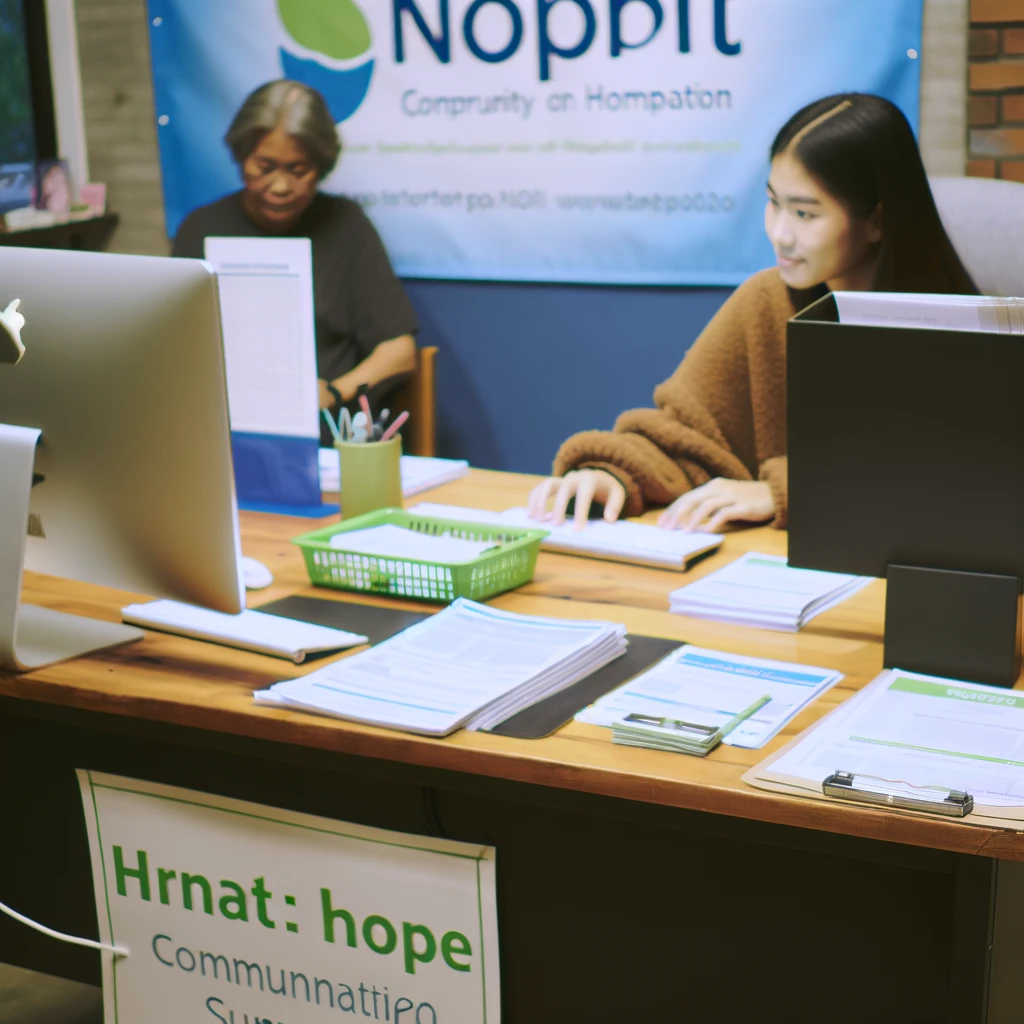It seems like for ages, everyone has been talking about Diversity, Equity and Inclusion, but how do we as leaders get started with this topic? Isn’t the non-profit industry already sensitive and diverse enough to these issues?
I would argue that while the sector is filled with well-intentioned individuals, it itself can be blind to the many challenges it has. We have to stop treating DEI as a checklist item if you want to succeed at DEI initiatives. It has to involve a company-wide approach.
To adapt and become more sensitive and compliant with diversity, equity, and inclusion (DEI) practices, non-profits can consider implementing the following changes within their organizations:
1. Assess and Acknowledge: Conduct a thorough assessment of your organization’s current practices, policies, and culture to identify areas that need improvement in terms of DEI. Acknowledge any biases or barriers that may exist within the organization. How do we do this? We internally audit ourselves to assess policies, practices, and decision-making processes for potential biases. This involves reviewing areas such as hiring practices, promotion criteria, compensation structures, and resource allocations to identify any disparities or biases.
2. Leadership Commitment: Ensure that leadership is committed to prioritizing DEI and fostering an inclusive environment. This commitment should be communicated clearly and consistently throughout the organization. While public statements are great, there needs to be a real allocation of resources to this initiative. This demonstrates that DEI is a priority for the organization. Leadership also needs to prioritize hiring, promoting and partnering with individuals from underrepresented communities. Leaders need to walk the talk and participate in DEI training and events, not just encourage staff to attend.They can set clear expectations for behavior, address any instances of bias or discrimination, and foster a culture where individuals feel safe to report incidents. ensure that DEI is integrated into the organization’s long-term strategic planning and decision-making processes. This demonstrates that DEI is not just a short-term initiative but an ongoing commitment.
3. Diverse Hiring and Board Practices: Review and revise hiring practices to attract a diverse pool of candidates. Implement strategies to reduce bias in the hiring process. Similarly, promote diversity on the board of directors to ensure diverse perspectives and representation.
4. Training and Education: Provide training and education for staff and volunteers on DEI topics, including unconscious bias, cultural competency, and inclusivity. This can help create a more aware and sensitive organizational culture.
5. Inclusive Policies and Practices: Review as part of your audit and update organizational policies to ensure they are inclusive and promote equity. This includes policies related to recruitment, promotion, compensation, and workplace accommodations.
6. Create Safe Spaces: Foster an environment where individuals feel safe to express themselves, share their experiences, and engage in open dialogue about DEI issues. Encourage the creation of employee resource groups or affinity groups that provide support and representation for underrepresented communities.
7. Community Engagement: Actively engage with diverse communities, stakeholders, and beneficiaries to understand their needs, perspectives, and challenges. Involve them in decision-making processes and program development to ensure inclusivity.
8. Measure Progress: Establish measurable goals and regularly track progress on DEI initiatives. Use data to assess the impact of these efforts and make necessary adjustments.
9. Partnerships and Collaboration: Seek partnerships with organizations and individuals who have expertise in DEI to learn from their experiences and collaborate on joint initiatives.
10. Continuous Learning: Foster a culture of continuous learning by staying updated on best practices, trends, and research related to DEI. Encourage staff to participate in conferences, workshops, and seminars focused on DEI topics.
It’s important to note that these changes should be implemented with a long-term commitment to DEI. Building a truly inclusive organization requires ongoing effort, open communication, and a willingness to adapt and learn from mistakes.
Running a non-profit is hard enough as it is — but without a good DEI implementation strategy, your organization will never be fully successful at developing and incorporating DEI into its overall strategic objectives.
For this reason in our Non-Profit Portal, we offer how to implementation guides, a full 3 hour+ course, and DEI audit checklists and other resources to help implement your DEI strategy. Remember, acknowledging the issue is only the first step. Taking real action and incorporating DEI into the whole organization, is whole other adventure.
As always, I welcome your comments, questions, and counterarguments 😁. I encourage you to reach out to me or my team at hello@nonprofitportal.com. We are excited to support this sector to help create real change.
If you found value in this blog, we would love to hear from you. Please feel free to contact hello@pharononprofit.com to give us feedback, ask questions or leave your comments.
You can also access more content on this and other issues facing nonprofits by joining our community at: https://nonprofitportal.com/join-n






Leave a Reply
You must be logged in to post a comment.